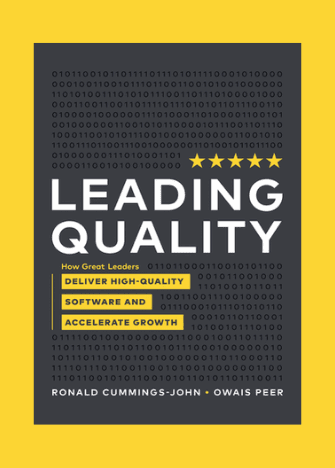The process of testing a software application in a staging environment is referred to as staging software testing. A staging environment is a testing setting created to closely mirror the actual production environment where the program will finally be used.
Staging testing checks that the software performs as intended in a setting similar to production. It also helps to find and resolve any potential problems before the program is made available in the production environment. Software testing usually concludes with staging testing, which is carried out immediately before a product is made available to the general public.
During staging testing, the software is subjected to a variety of tests designed to simulate real-world usage and uncover any problems that may arise in the production environment. This may include functional testing to ensure that all features and functions of the software are working as intended, performance testing to ensure that the software can handle the expected workload and scale appropriately, and security testing to identify and mitigate any vulnerabilities.
Staging testing is distinct from testing in a development or QA environment; it’s crucial to remember this. Staging environments are designed to closely resemble production environments so that any problems found during testing may be fixed before the program is released. When the program is made available to the general public, this helps to assure that it will operate smoothly and dependably.
The task of ensuring that the software satisfies all criteria and operates as anticipated in a setting similar to production is known as staging testing, and it is normally carried out by a team of testers. To find and fix any potential problems, this could entail performing a number of tests, including functional, performance, and security testing.
It’s important to have a thorough and comprehensive testing plan in place before beginning staging testing. This plan should outline the specific tests that need to be performed, the criteria that will be used to determine whether the software is ready for deployment, and any other considerations that may be relevant.
The application may be deployed to the production environment, where it will be utilized by actual users, when the staging testing is finished and any problems have been fixed. It’s crucial to keep monitoring the program after it has been installed to spot and fix any problems that could occur in the real world.
It’s also vital to remember that, before the program is made available to the general public, staging testing is a crucial chance to confirm the overall quality of the product. You may find and correct any flaws that may affect the user experience, such as performance difficulties, security vulnerabilities, or functional errors, by extensively testing the program in a production-like environment. When software is made available to the general public, this helps to guarantee that it is dependable, stable, and prepared for usage.
Conclusively, staging testing is the process of testing a software application in a test environment that closely resembles the production environment, known as a staging environment. Before the software is released to the production environment, this is done to ensure it performs as planned in a setting similar to production and to find and address any potential problems.
The last phase in the software testing process, known as staging testing, is normally carried out immediately before the product is made available to the general public. By discovering and correcting any flaws that may emerge in the production environment, it’s a crucial chance to verify the software’s general quality and enhance the user experience.
Happy testing!
About the tester
Moses is a QA software tester with three years of experience in manually quality-assuring various websites and applications. He has helped find relevant content and visual bugs, engaged in numerous test cycles, and participated in usability suggestion tasks.
He is currently a third-year student in the Department of Linguistics at the University of Ibadan. Alongside his studies, he has gained three years of experience in translation, language annotations, and sentence generation, both in English and Yoruba.
This article is the sole responsibility of the author. By submitting their work to our blog, authors affirm that the content is original and does not violate any copyrights or intellectual property rights of third parties.







